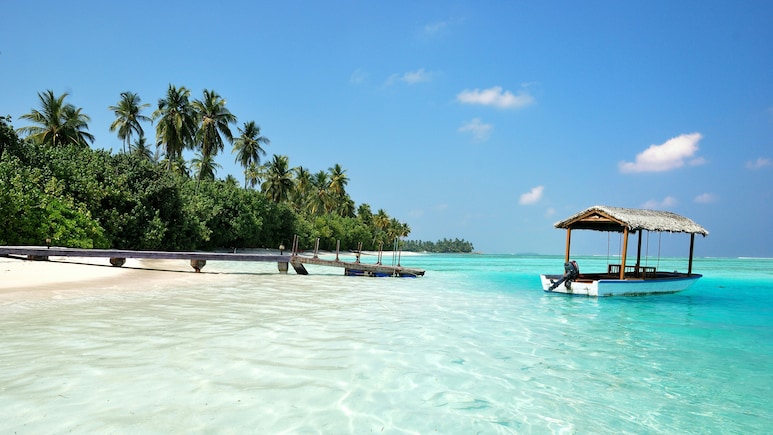
Maldives from India Travel Tips: When we think of luxury islands, the first destination that comes to mind is the Maldives. A picturesque paradise floating in the Indian Ocean, the Maldives has long been seen as a honeymooner's dream and an exclusive escape. However, if you are planning your first trip here, you might find yourself overwhelmed by the things Instagram does not always show you. From the geography to hidden costs and tricky travel decisions, there is a lot more than just clear waters and sunset cocktails. So, before you book that overwater villa or start browsing through dreamy atolls, here is what no one really tells you about travelling to the Maldives—but they should.
Also Read: A Food Lover's Guide To Eating Like A Local In The Maldives
Understanding The Geography Of The Maldives
Where Is The Maldives?
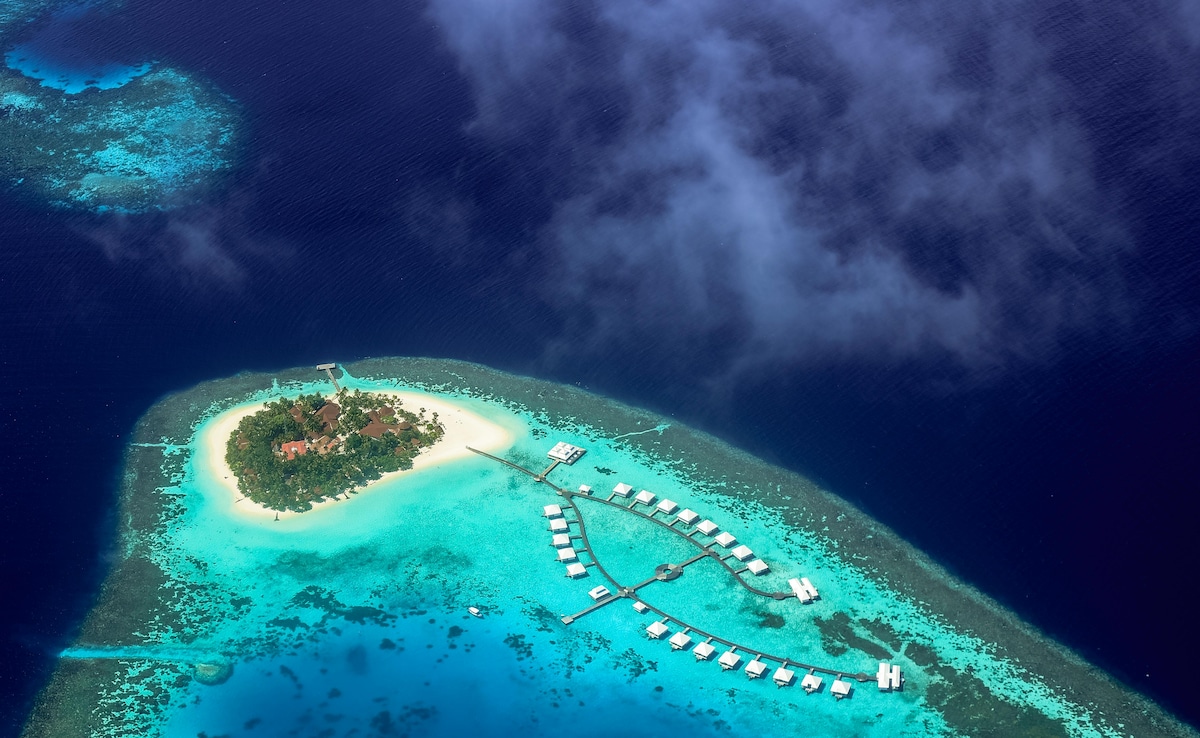
Photo: Pexels
The Maldives is a sovereign nation in South Asia located in the Indian Ocean. However, it is not a single island destination. There are key facts every first-time visitor should be aware of:
The Maldives consists of approximately 1,200 islands grouped into 26 atolls, which are spread out over a large area.
This geographical spread means you cannot casually “island hop” as you might in other tropical destinations. Travel between islands is only possible via boat, ferry, or seaplane—and it is often expensive.
When selecting your accommodation, research the resort and the atoll it is located in. Staying near Malé, the capital, can help reduce both travel time and transfer costs.
1. Cost Of Travelling To The Maldives From India
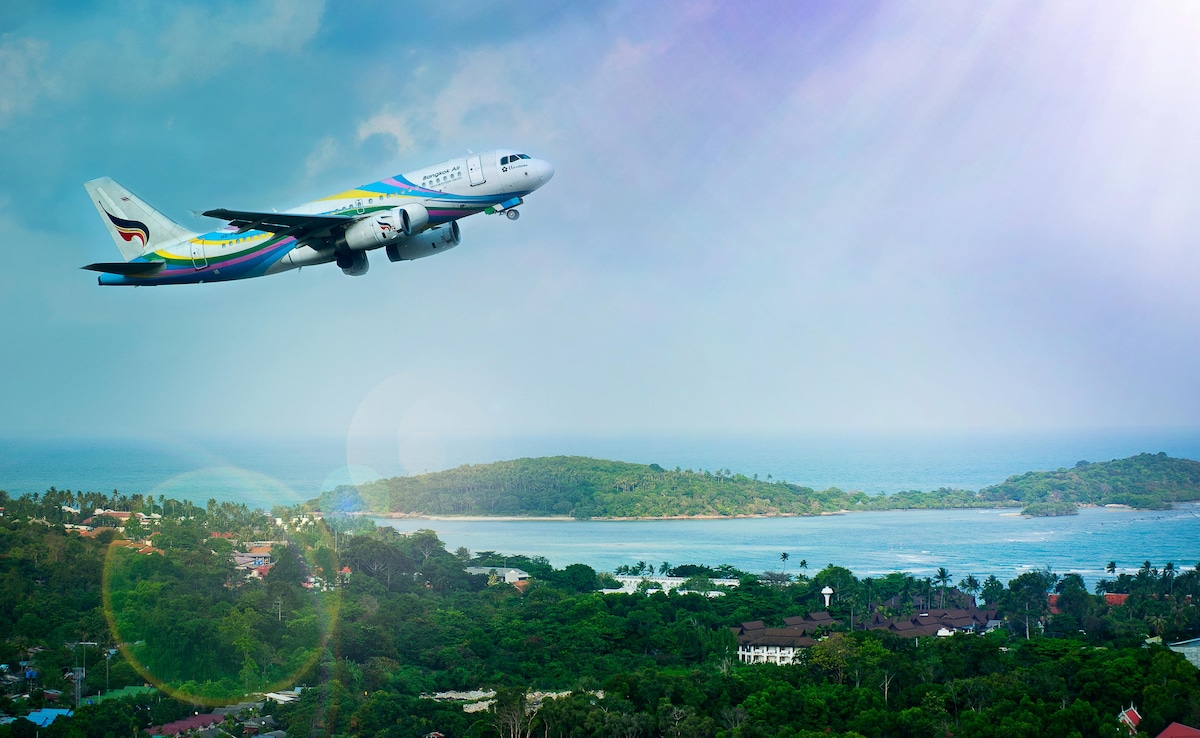
Photo: Pexels
Is the Maldives expensive to visit?
In short, yes. Visiting the Maldives, especially when accounting for transfers between islands, can add up quickly. But it helps to plan smartly:
Direct flights from Delhi, Mumbai, Bengaluru, and Kochi are more common now. For better deals, book at least two months in advance. During off-peak seasons, return fares can fall under ₹20,000 per person.
Most international flights land at Velana International Airport in Malé, so factor in the cost and time of your onward island transfer.
Resorts are usually on private islands, accessible only by speedboat or seaplane from Malé.
Transfers can cost anywhere from ₹8,000 to ₹45,000 per person and are often not included in hotel bookings.
Use fare trackers and compare options. In some cases, flying to Colombo and then taking a connecting flight to Malé can be cheaper.
Always check what is included in your booking, especially when it comes to transfers and taxes, before finalising your budget.
2. Hidden Costs To Watch Out For

Photo: Pexels
Even if your hotel rate seems reasonable, the Maldives is full of hidden extras. Be prepared for:
Green tax: USD 6 per person per night, charged at all properties.
Service charge and GST: Many resorts add 10% service charge and 12% GST on everything, from meals to spa services.
Activities: Sunset cruises, snorkelling trips, and water sports are often chargeable, even with premium bookings.
Transfers: Often not included in the final booking price. Always double-check.
3. Are Overwater Villas Worth The Price?
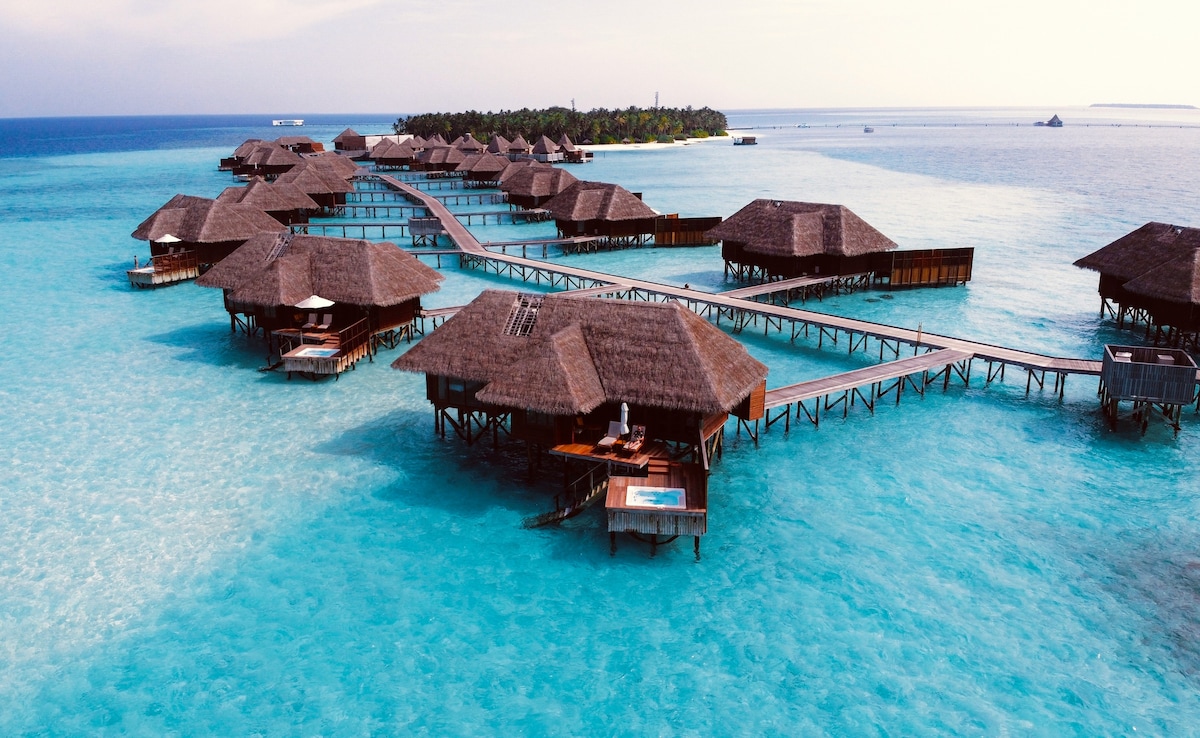
Photo: Unsplash
Water villas in the Maldives are undeniably beautiful, but whether they are worth the price depends entirely on your budget and expectations.
While water villas are highly photogenic, they often cost significantly more than beach villas or garden rooms.
For first-time travellers, a beach villa still gives you direct access to the ocean while offering better shade and shelter.
Many resorts allow split stays, so you can enjoy a few nights in a beach villa and one or two nights in a water villa without blowing your entire budget.
4. Private Resorts vs Local Islands: What To Choose?
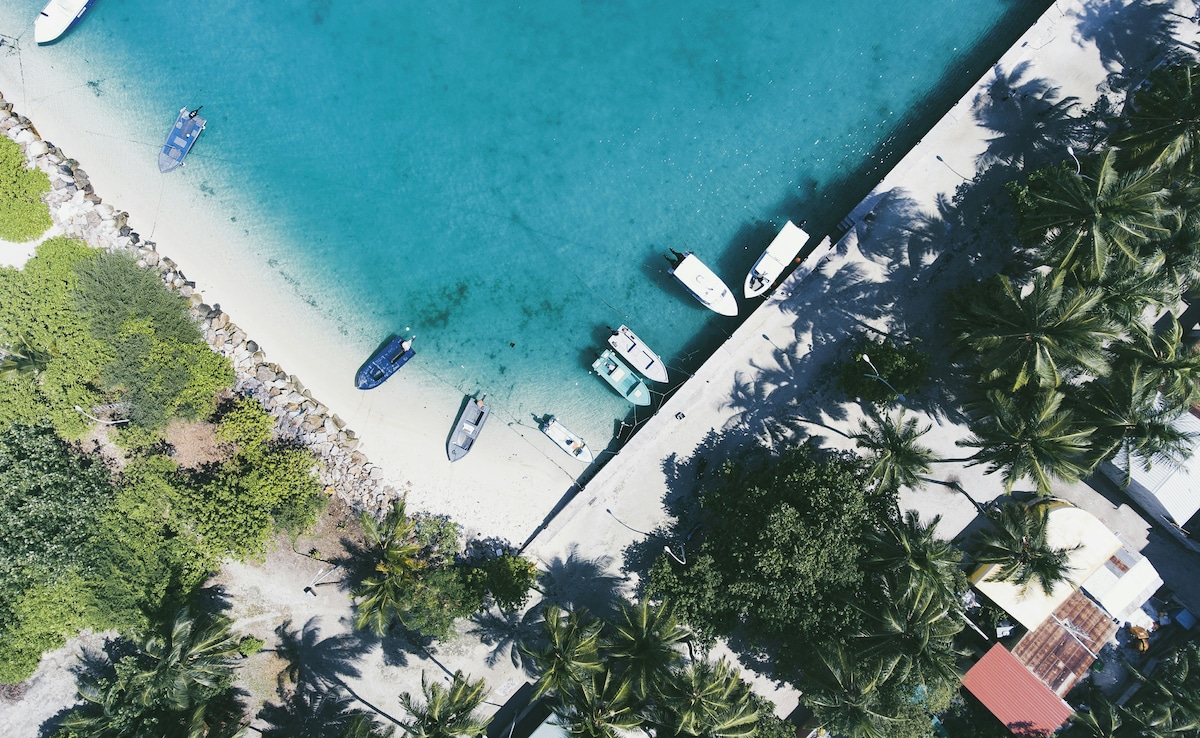
Photo: Unsplash
One of the most important decisions when visiting the Maldives is choosing between a private resort island and a local island stay.
Local islands such as Maafushi, Fulidhoo, Thoddoo, or Thulusdhoo offer affordable guesthouses and insight into everyday Maldivian life.
Private island resorts are secluded, often all-inclusive, and designed for high-end experiences.
The vibe, dress code, and accessibility are entirely different, so it depends on whether you are seeking cultural immersion or a private luxury retreat.
5. Food Costs In The Maldives: What To Expect
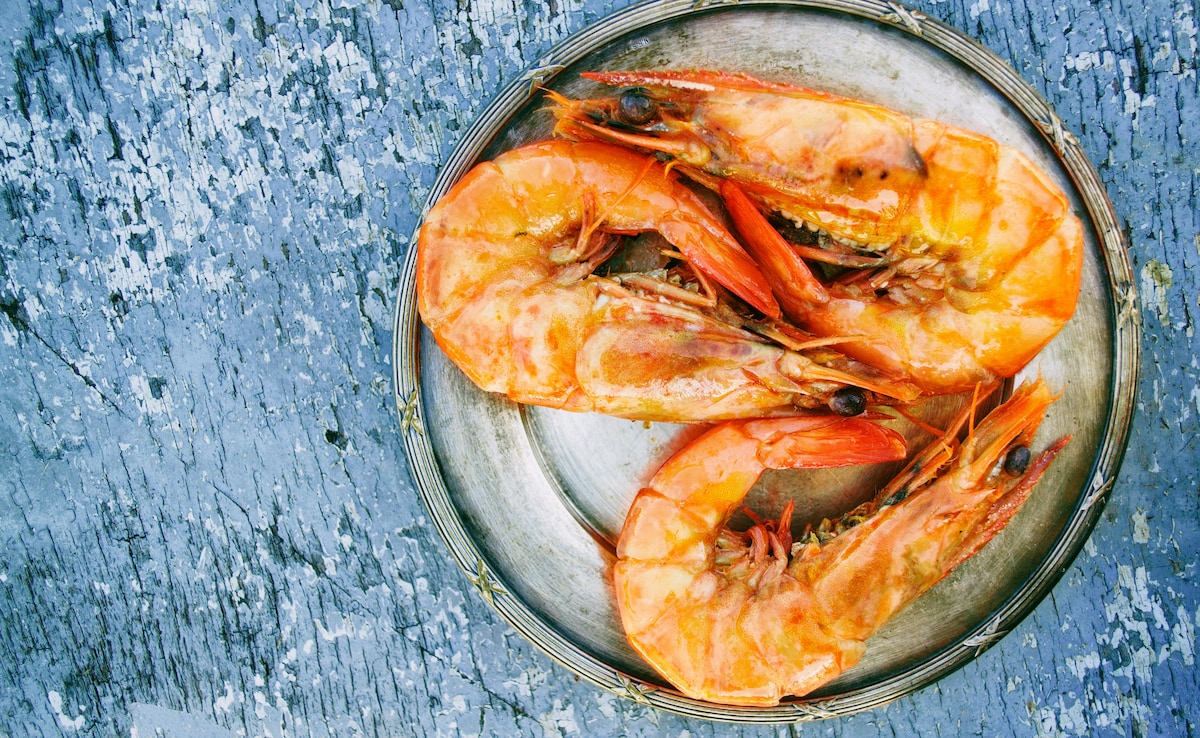
Photo: Pexels
Is the Maldives cheap to eat?
Due to the high cost of importing ingredients, food and drink can be expensive, especially at resorts.
A simple sandwich at a resort might cost over ₹2,000, and dining out regularly can quickly burn a hole in your wallet.
If you want to keep spending in check, opt for full-board or all-inclusive meal plans when booking your accommodation.
Local islands offer cheaper food options, with small cafés serving Maldivian and South Asian dishes at more affordable prices.
6. Alcohol Rules In The Maldives
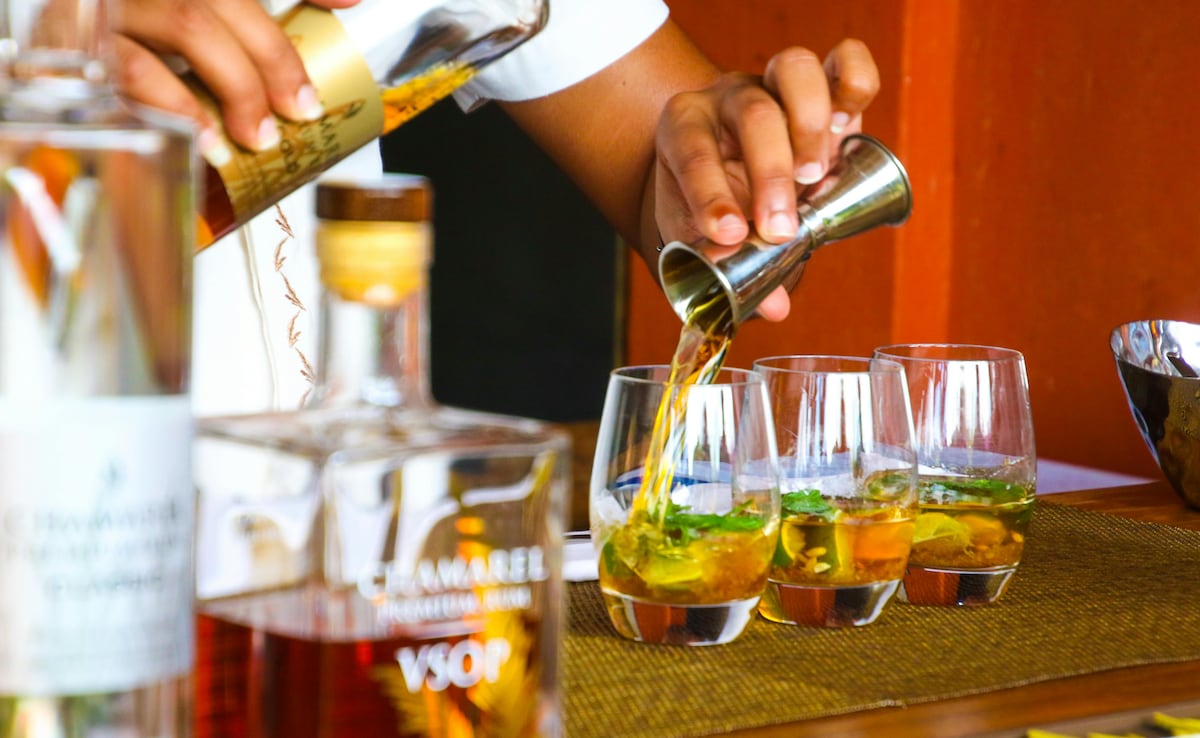
Photo: Pexels
First-timers are often caught off guard by the Maldives' alcohol restrictions.
Alcohol is not permitted on local islands.
Private resorts, however, are licensed to serve alcohol and typically offer full-service bars.
Bringing alcohol into the country is illegal and will be confiscated at the airport.
If drinking is part of your plan, confirm availability and prices with your resort in advance.
7. Visa Rules And Connectivity Tips For Indian Travellers

Do Indians need a visa for the Maldives?
Indian nationals do not need to apply for a visa in advance. A tourist visa is issued on arrival for up to 30 days with a confirmed hotel reservation. This can be extended for another 60 days, subject to approval.
Most resorts offer stable Wi-Fi connections. However, connectivity can be patchy on local islands.
Consider purchasing an international SIM card if you require consistent internet or need to work remotely.
8. Best Time To Visit The Maldives
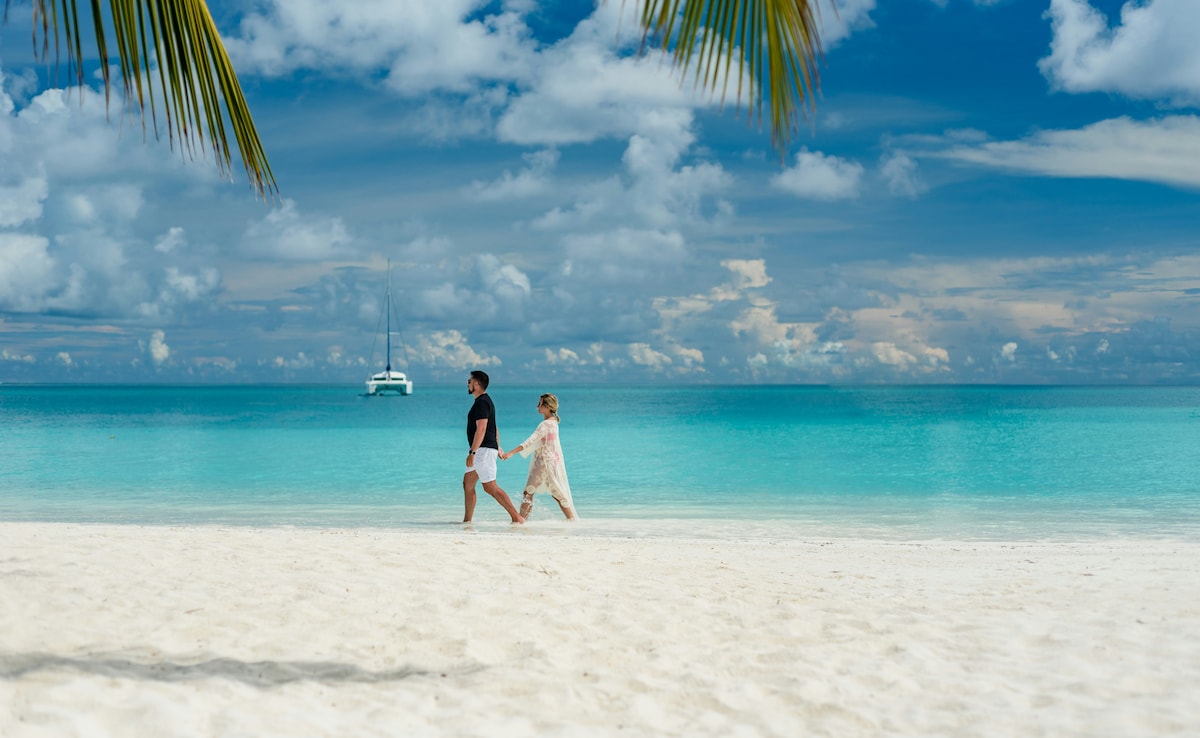
Photo: Pexels
The Maldives is a year-round destination, but knowing the seasonal differences can help you make a better choice.
The peak season runs from December to April, with dry and sunny weather but higher prices and more tourists.
May to October is the monsoon season - expect lower hotel rates and fewer crowds, but also a higher chance of rain.
For surfing and diving enthusiasts, off-peak months often offer better wave conditions and visibility.
9. Snorkelling, Diving And Marine Life Experiences
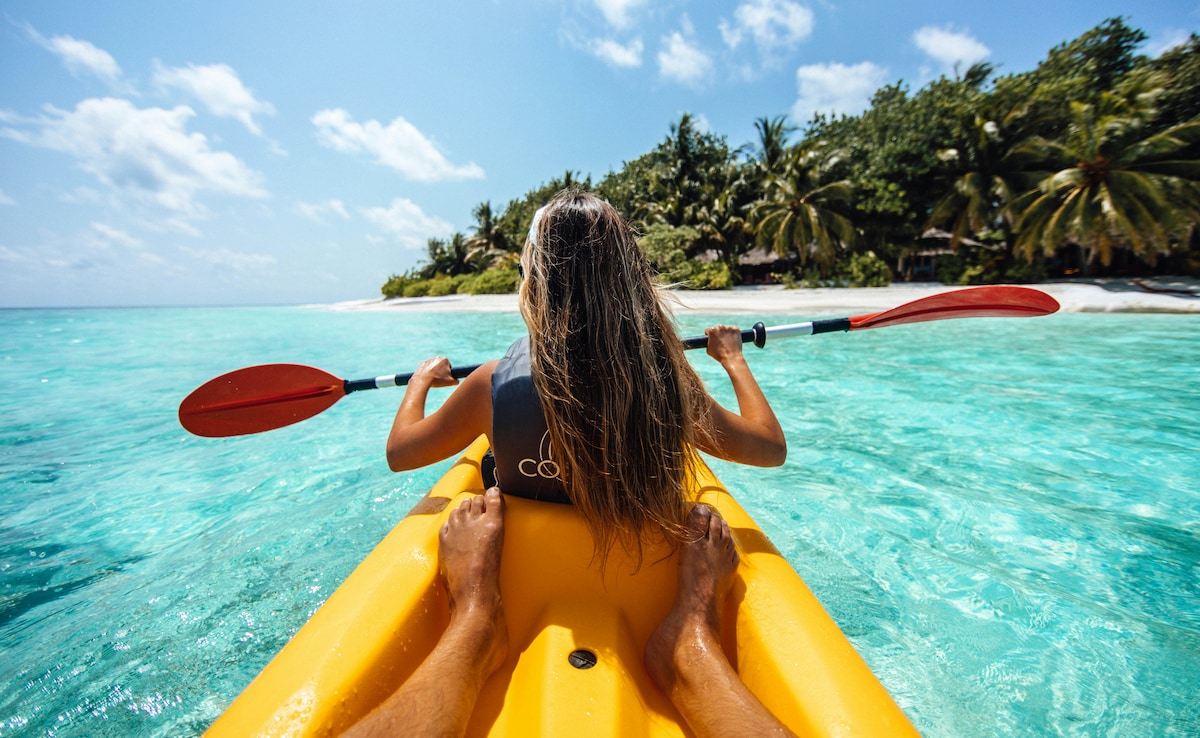
Photo: Unsplash
The Maldives is one of the world's best destinations for underwater lovers, but experiences vary across islands.
Some resorts have house reefs you can snorkel at directly from the beach.
Others offer snorkelling or diving trips via boat, often at an extra cost.
Baa Atoll and Ari Atoll are particularly rich in marine biodiversity.
May to November is considered manta ray and whale shark season in certain regions.
Bring your own snorkelling gear to save on rental costs and for hygiene reasons.
10. What To Pack For The Maldives
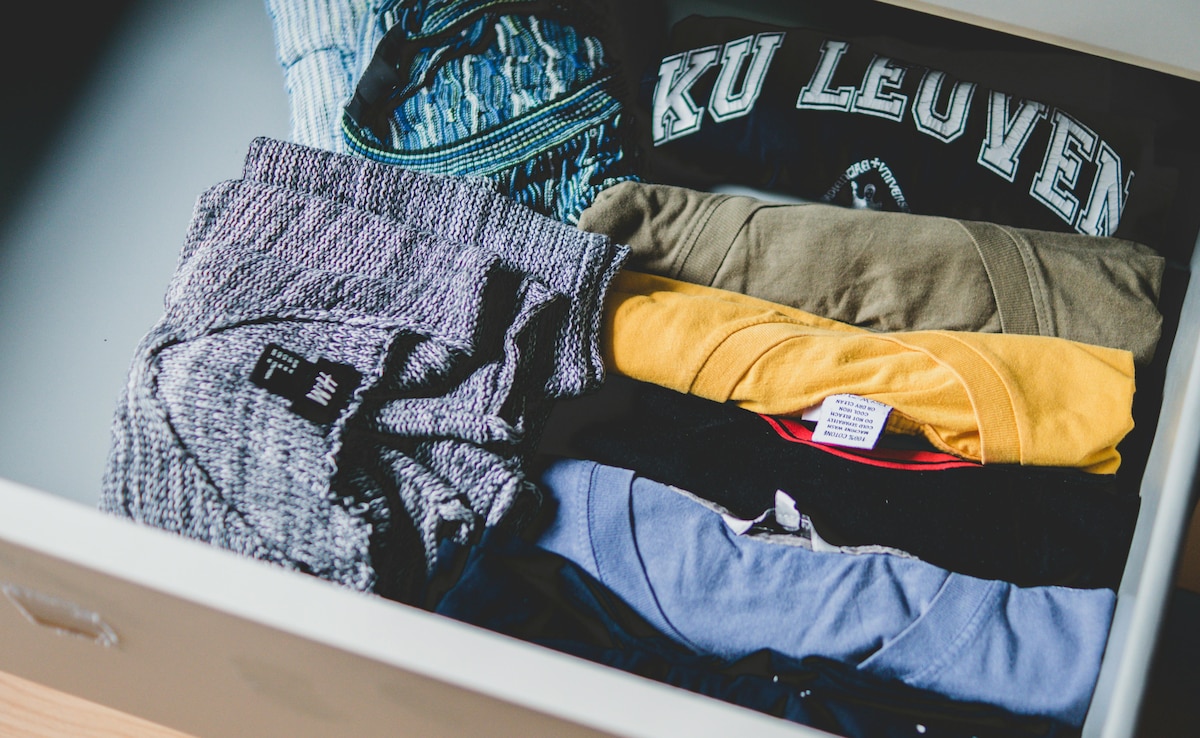
Photo: Pexels
Packing right can make your trip far smoother and help you avoid last-minute purchases.
Lightweight clothing and swimwear are essentials.
Bring reef-safe sunscreen and insect repellent. These are expensive in local shops and resorts.
Pack waterproof sandals or flip-flops for beaches and island walks.
A waterproof phone pouch and dry bag will come in handy for boat transfers and snorkelling.
Carry a reusable water bottle - many resorts offer refill stations to cut down on plastic waste.
Tips For First-Time Visitors To The Maldives
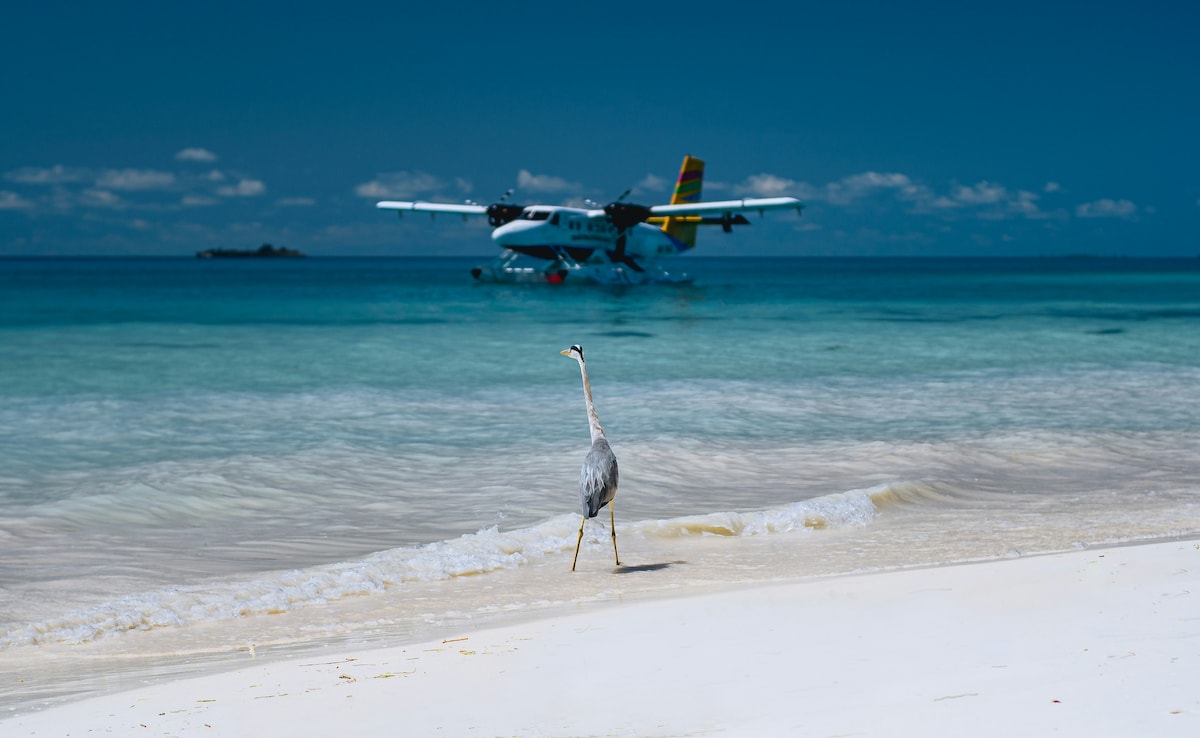
Photo: Unsplash
Now that you have chosen your island and accommodation, here are some practical tips that will help you enjoy your trip better:
Always carry small change. It will be useful for tipping, buying snacks, and paying for ferries.
Book your transfers and meal plans along with your hotel to avoid surprise charges.
If staying on a local island, pack modest clothing for public areas, as Maldivian culture is conservative.
Allow some downtime in your schedule. Part of the Maldives' charm lies in doing nothing and enjoying it.
Also Read: Train vs Road: What Is The Best Way To Travel Through The Himalayas?
Planning A Budget-Friendly Maldives Trip
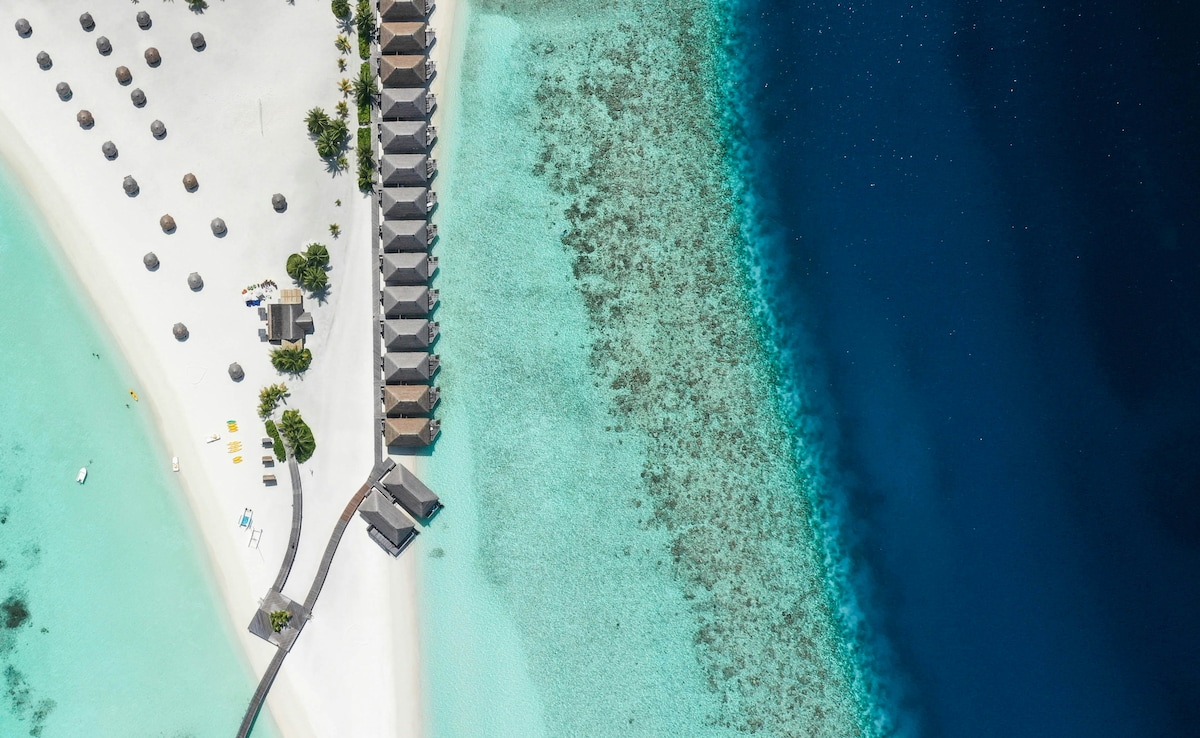
Photo: Unsplash
You do not have to drain your savings to enjoy the Maldives. Here are ways to travel smart:
Choose guesthouses or smaller boutique resorts instead of large luxury chains.
Use US Dollars while in the Maldives, as it is widely accepted. The Maldivian Rufiyaa is used mostly by locals.
A half-board plan can work well if you plan to eat outside or skip meals between activities.
Look for ride-sharing options with other travellers when using speedboats or ferries, especially if you are on a budget.
So, if you are planning your first trip to the Maldives, keep these tips in mind to make the most of this tropical escape, without the stress, the surprises, or the overspending.
Track Latest News Live on NDTV.com and get news updates from India and around the world

